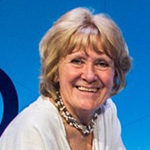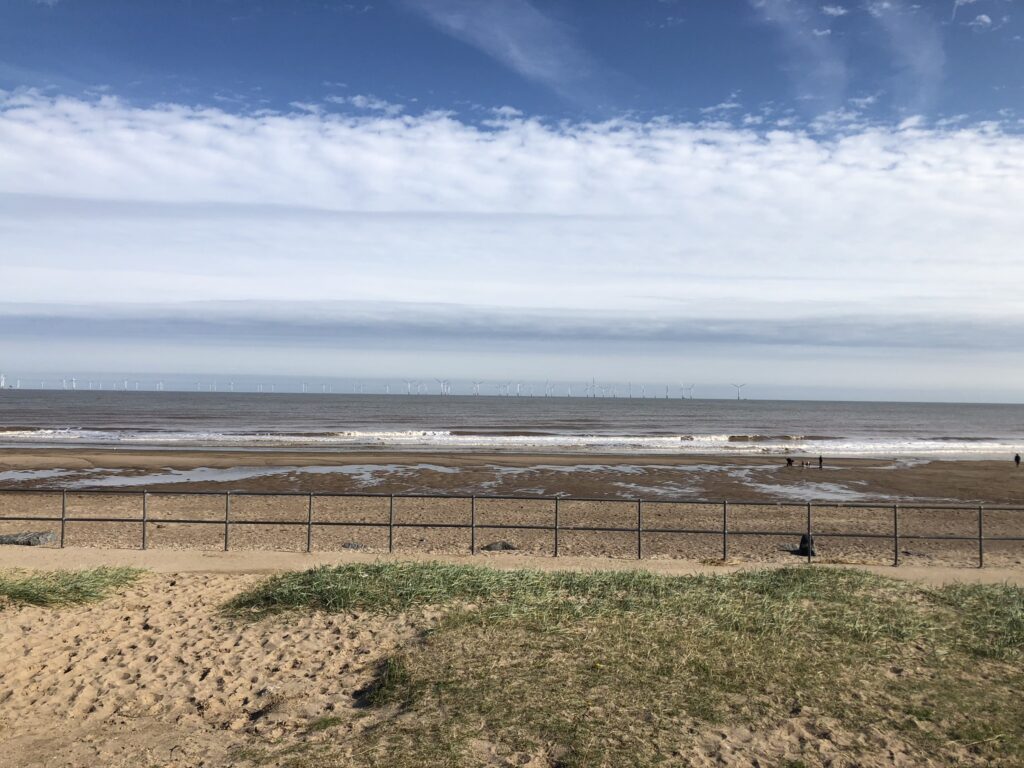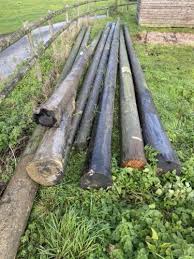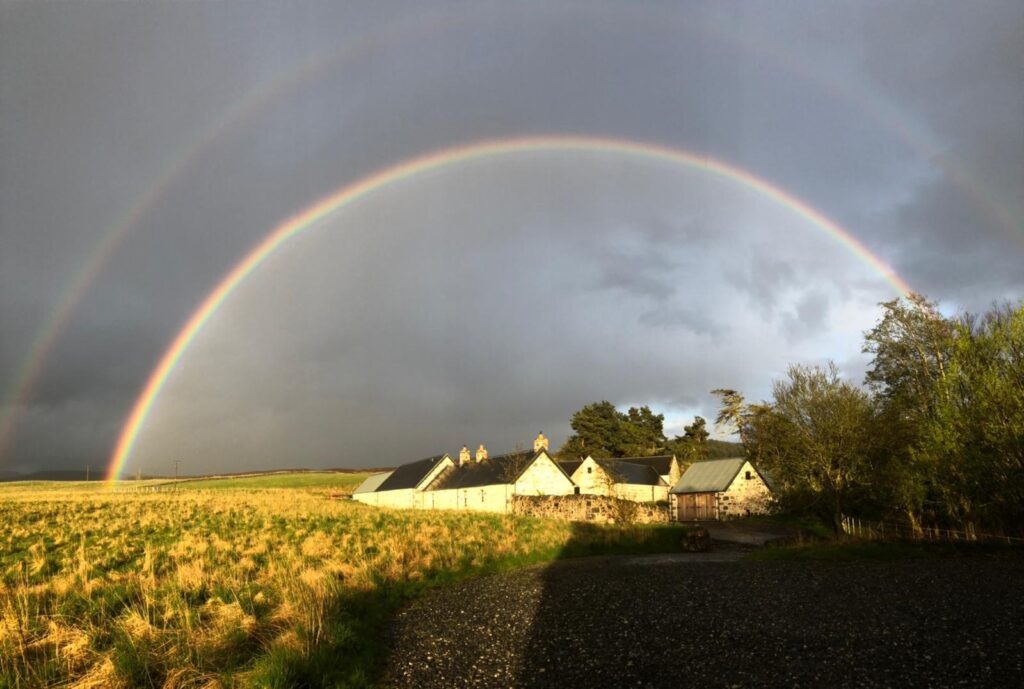An Interview with Janice Hughes, CBE, Co-Founder of Graphite Strategy and Co-Founder of Spring Fibre.
TMC: Investment specialist River and Mercantile (R&M) announced in September 2022 that they would invest up to £155 million to support the rollout of Spring Fibre’s ultrafast full fibre broadband network across England. Can you explain some of the background to this fantastic investment, how you became involved, and the story so far?
Janice: I have a long-standing interest in achieving social benefit through entrepreneurial activity and digital technology. All of my more than 30-year career has been based on growing new communications and strategic businesses to achieve positive social outcomes. As the UK broadband market started to grow with the rising demand for home working and for film and TV series streaming from Netflix, Disney, Amazon, Apple and Paramount, I realised there was a huge opportunity to offer gigabit fibre. During the covid pandemic UK film and TV subscriptions grew to 15m households. With so many people without adequate broadband coverage, I became increasingly convinced that the answer was to apply entrepreneurial skills to solving this problem. At the same time, it was important to me that any new broadband network should be as ‘green’ as possible – that is with the smallest carbon footprint and as sustainable as possible.
In 2019, just before the start of the pandemic, we decided to establish Spring Fibre, with the support of a very experienced mobile and telecoms investment team at Kingsley Capital Partners. Spring Fibre aims to deliver multi-gigabit capable full fibre-optic infrastructure across the UK, giving residential and commercial customers next generation access to the internet. We are lucky to have a fantastic CEO to lead Spring Fibre, Rosalind Singleton. She is also highly attuned, as am I, to the vision of creating the greenest fibre network in the UK. Together we will deploy the company’s network on a wholesale basis, empowering a range of Internet Service Providers to offer connectivity solutions which will cater for all users’ needs. We aim to create a network rising to more than 1 million premises passed over the next few years.
TMC: You have always aimed to ensure that technology is used to achieve good social outcomes – purpose with profit, so to speak, rather than profit with purpose. This aligns with the goals of the GTWN, of which you are Co- Founder. How will this be achieved through Spring Fibre?
Janice: Spring Fibre targets areas with poor internet provision and will deliver a major boost to many under-served communities and businesses. As in many countries, there is growing demand for better and faster access to data across the UK, but the provision of infrastructure has often been skewed to the larger population areas, meaning that many smaller communities are left without adequate broadband coverage, restricting their lives, their working opportunities, their local businesses and even their children’s school outcomes. Data infrastructure is now a critical asset, as was clearly shown during the pandemic. That is why we are partnering with R&M to deliver a network that will make a significant positive impact on society. Their infrastructure investment fund invests in assets with outstanding ESG credentials. We want the whole mobile and telecoms industry to step up and change their operations in view of the impending climate crisis. For example, we would like all companies to face an “Environmental Panel” to provide awards to the best practices and best companies and chide those falling behind. Sadly most companies are not measuring their emissions or thinking about climate change given the downward economic pressure emerging from the Russian invasion of Ukraine and the resultant energy price increases.
TMC: What are the challenges facing companies wanting to deliver ESG outcomes and a good return on investment at the same time? Are these two objectives compatible, or are there potential conflicts to be managed?
Janice: I think one of the biggest challenges in delivering ESG based investment results, is the higher level of expectation and scrutiny from investors, shareholders and other stakeholders. However even the investors are not always aware of the detailed changes we must all make. Frankly all of our staff, our co-workers and customers are passionate about integrating ESG delivery into our greenfield gigabit business. What I have learned from this process so far is that ESG and growth are not in conflict – in fact they are intricately dependent on each other and achieving both at the same time requires a clear focus on objectives and a determination to succeed. We just need all of the big players to set a high bar alongside us with a clear set of standards to reduce our environmental footprints individually and collectively, with key institutions holding us all to account.
TMC: Can you give us some examples of how this has played out in Spring Fibre’s case?
Janice: One thing that stands out for me is the expectation of much greater visibility, especially of an ever-broader range of nonfinancial metrics related to the diverse social and environmental risks. Investors are aware that these days consumers are voting with their wallets, and that if your business commits to achieving certain ESG goals, you need to ensure that you build in metrics from the beginning, to be as transparent as possible about how you plan to monitor and report on achievement of these goals. At the moment there is no uniformity in ESG reporting, which means that any metrics you choose must be robust and transparent, to avoid any charge of potential ‘green-washing’. We have some clear markers or KPIs of implementing a green strategy. For example, to reach net zero we are using reclaimed poles made of old timber and new poles made of recycled plastic. Equally we are using narrow trenching to reduce the amount of concrete taken out so less is needed to be poured back in. We also use electric cars in our operations. We have plans in the future to incorporate micro solar and micro wind partners wherever we can. During the last week 50% of our UK energy usage has come from North Sea turbines based offshore in our target build areas and we want to become an active agent in the renewables transformation needed today.
TMC: The past few years during the pandemic have been particularly challenging for businesses in terms of cost of inputs and logistics. How has this impacted on your plans for rolling out Spring Fibre?
Janice: The rapid rise in the cost of everything since the start of the pandemic, and then the war in Ukraine, has caused many businesses to re-evaluate their operations, and to find savings where they can. With a new ESG-based start-up such as Spring Fibre, this has created additional pressure on management, as our stakeholders rightly expect us to deliver on our commitments, notwithstanding the higher costs and other pressures that all businesses are facing. This has meant a continual updating and re-evaluation of every aspect of our business, and I believe that this has been a positive thing, in retrospect, as it has made us even more determined to deliver the best green broadband network in the UK.
TMC: What other lessons can you share with other companies that are looking to invest in ESG-based businesses?
Janice: I think that what an ESG focus teaches you is the importance of having a customer-centric approach. As our aim is to deliver both economic and social benefits to our customers, we need to understand our customers’ particular context and needs very well, and to make sure that we are giving them the best value for money that we can.
TMC: Thank you Janice for your insights. We wish you and Spring Fibre all the best as you build out your new network.

Janice Hughes is the Co-Founder and Director of Graphite Strategy. She also founded and built-up Spectrum, a global management consultancy with 9 offices around the world. She is now focusing on ultrafast full-fibre gigabit rollout, 5G and green energy investments. She is Co-Chair of the Independent Commission on UK-EU Relations and she is launching a new carbon credits group on the London Stock Exchange with her charity in Africa, Space for Giants. She created the European TMT Practice for Booz Allen & Hamilton and prior to that she was the MD of the Economists Advisory Group. She has advised major companies across the telecoms, media, sports and technology sectors and has advised Government Ministers in Australia, Hong Kong, New Zealand, the UK and Europe. Janice was part of the Creative Industries Committee with Richard Branson and Lord Puttnam and has written several books. She graduated from Cambridge University with a degree in Economics and Statistics. She is currently Chair of Space for Giants protecting wildlife and trying to reverse the process of extensive species extinction. She was a Director of The Jockey Club and a Corporate Advisor for Tate Modern and Tate Britain. She is a member of the Director’s Circle of the V & A Museum. She was formerly the UK President of Medecins du Monde a global health charity where she worked with Syrian refugees, the Ebola outbreak in Sierra Leone and on drug addiction in Dar es Salaam, amongst many other projects. She is a co- founder of Global Telecoms Women’s Network (GTWN) and a Member of the Global Board Ready Women Initiative (GBRW).







